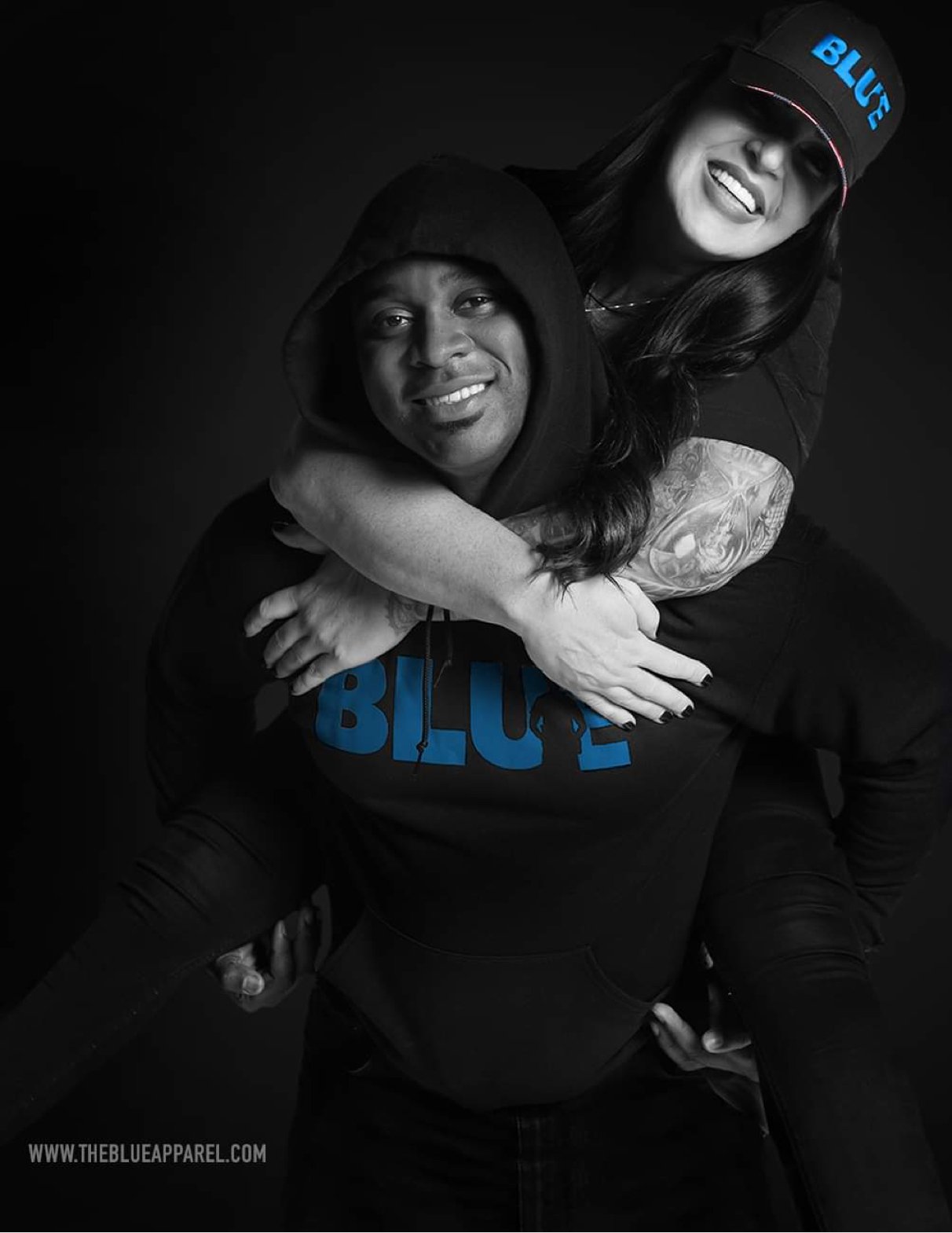Preparedness - Columbine: Twenty Years Later and the Losing Battle
/Columbine: Twenty Years Later and the Losing Battle
By Joseph R. Uliano, M.A., Ed.S.
Violence has been observed in humans since the creation of man; it’s inevitable but is it preventable? In many cases victims of violence are simply in the wrong place at the wrong time, caught up in a random act, motivated by some sort of criminality. When examining school shootings, criminality associated with the act is not of our largest concern, what is and should be our concern is one’s behavior that led to the shooting and how we are going to prevent future attacks.
Like preventative medicine, researchers need to first sift through the history of the disease before discovering preventive measures. Today, when studying school shootings our researchers, such as criminologists, psychologists, and law enforcement experts have plenty of history to sort through. Historically, school massacres can be traced all the way back to 1764 when Lenape Indians entered a Green Castle, Pennsylvania school, killing nine children and one adult. Obviously, times have changed, and any history buff out there will know the Lenape Indian’s attack on the school was not to kill children, but to send a message to the white settlers who were killing their people and suppressing their way of life. However, call it what you will, there is still a commonality associated with the 1764 attack and the more recent attacks of today, which is the vulnerability of a defenseless population of children.
The late 1990s was a true wakeup call for those tasked with securing our schools, and during this period society really grasped just how vulnerable our children are when we send them off to school. Attacks that were pre-Columbine in the 1990s, shook the ground but they were by no means earth-shattering. Attacks such as Craighead, Arkansas (1998) five killed with ten injured and Springfield, Oregon (1998) thirteen killed and twenty-five injured. Mass shootings, but still at the time viewed only as an unthinkable tragedy involving the death of school children, in fact, probably receiving the same amount attention as a school bus full of children driving off a cliff.
However, on April 20, 1999 Columbine High School students, Eric Harris and Dylan Klebold entered their school with one thing in mind; kill as many students as possible and go down in history as the most earth-shattering massacre. Unlike the attacks in 1998, where only handguns and hunting riffles were used, the self-described misfits of Columbine “The Trench Coat Mafia” came prepared with an arsenal of weapons consisting of but not limited to a TEC-9 and a Hi-Point carbine riffle, both capable of carrying more rounds than what was used in the pre-Columbine attacks. At the end of their carnage thirteen individuals laid fatally wounded, while another twenty-one fought for their lives after being critically wounded. Both shooters would then take their own lives before making contact with law enforcement.
Lessons were learned after Columbine, such as law enforcement no longer choosing to stage and wait for additional units before entering a school. This response plan at the time seemed most appropriate because statistically most active shooter incidents are over in twelve and half minutes, so officers need to be well under that mark to save as many lives as possible. The response plan also includes the routine lockdown drill that is still being used today, and from what those in field are saying has become dangerously complacent, as students liken them to fire drills. Make no mistake about preparing for an active shooter is nothing compared to planning for a fire.
Let’s take a deep breath here and examine how we are doing post-Columbine twenty years later. Newtown, Connecticut (2012) twenty-one killed with two injured and Parkland, Florida (2018) seventeen killed and seventeen injured. Remember that twelve and half minute window? We can kiss it goodbye! The Newtown shooting was over in five minutes and the Parkland shooting was over in just four minutes, with each incident measuring more fatalities than Columbine, due the weapons of choice and higher magazine capacities. Lockdown drills? Not very effective either. Both schools sounded the alarm, however, as expected, common areas are like target practice to a crazed gunman as seen in Parkland, and in Newtown they made into their classrooms but the classroom of first graders that saw the most carnage couldn’t lock their door in time.
So, to me we are losing the battle against school shooters and there will be more. After 9-11 we hardened our soft targets, as armed police officers stood guard at our tunnels, bridges, and mass transportation hubs, yet we continuously fail to harden our schools. Some suggest placing police officers in every school, some suggest arming school teachers, and some suggest taking a more passive approach by looking for warning signs. Warning signs? Like the ones that were missed with Adam Lanza (Newtown) or the ones missed with Nikolas Cruz (Parkland). I think its evident that we are also failing to pickup on the warning signs.
I’m not here to offer a definitive solution, but what I am offering is that its time to harden our schools. We are done debating what’s best and remaining inactive. It is time to become proactive rather than reactive and if putting armed police officers in every school is necessary then they must be deployed. If we cannot staff our schools with officers, then we must explore the viability of arming trained and qualified educators to rise up and defend our most vulnerable population.
Joe Uliano has served as a police officer for over fifteen years, and is assigned as field training officer and departmental instructor. He is currently a Doctoral Candidate in Education at Seton Hall University, where he also earned an Educational Specialist Degree (Ed.S.) in Educational Leadership, Policy, and Management. Prior to earning this advanced degree, he also earned a Master’s Degree in Human Resources, Training, and Development and a Bachelor’s Degree in Criminal Justice.











